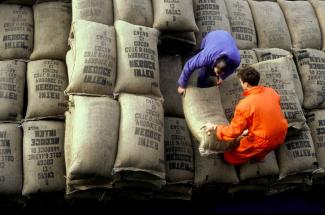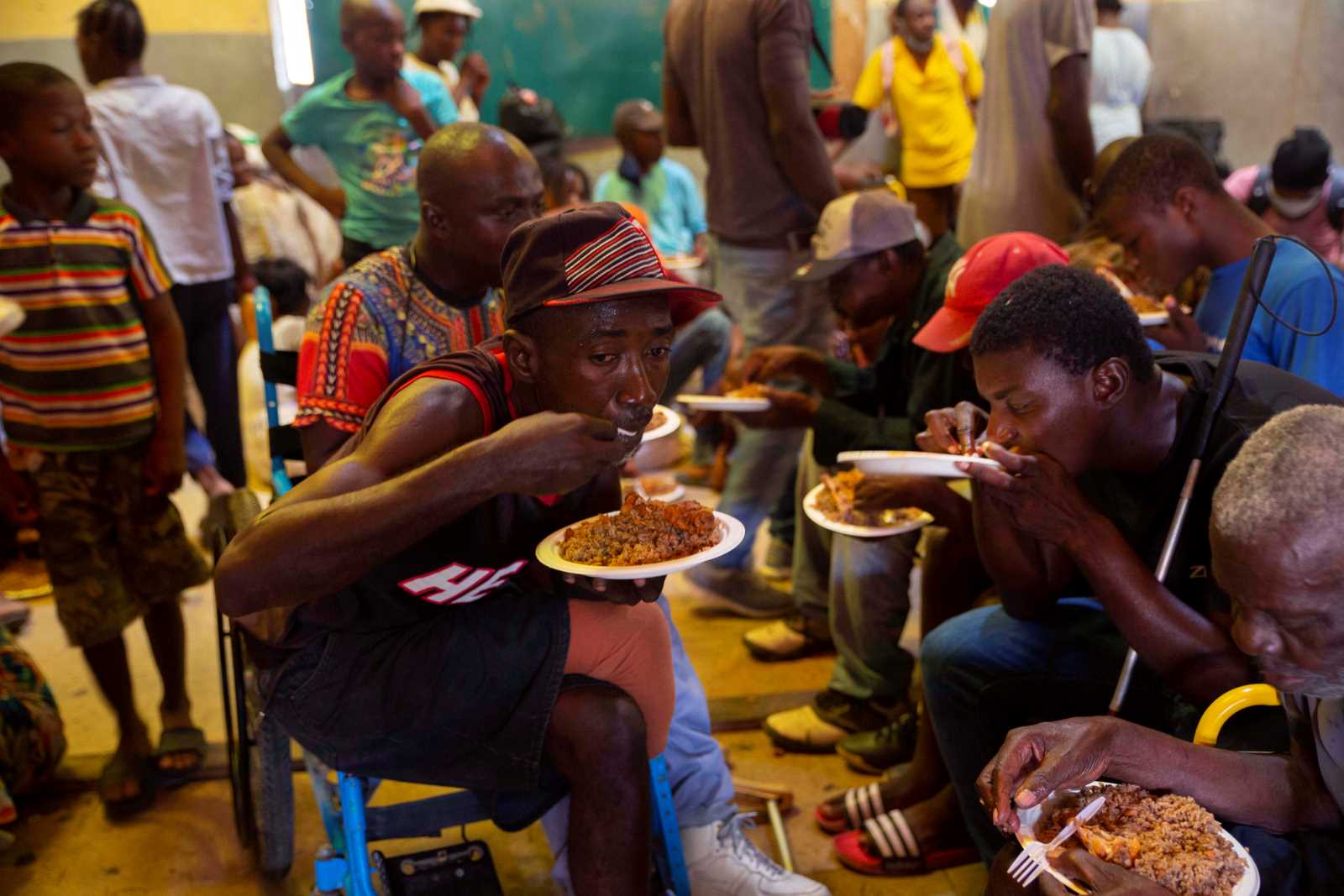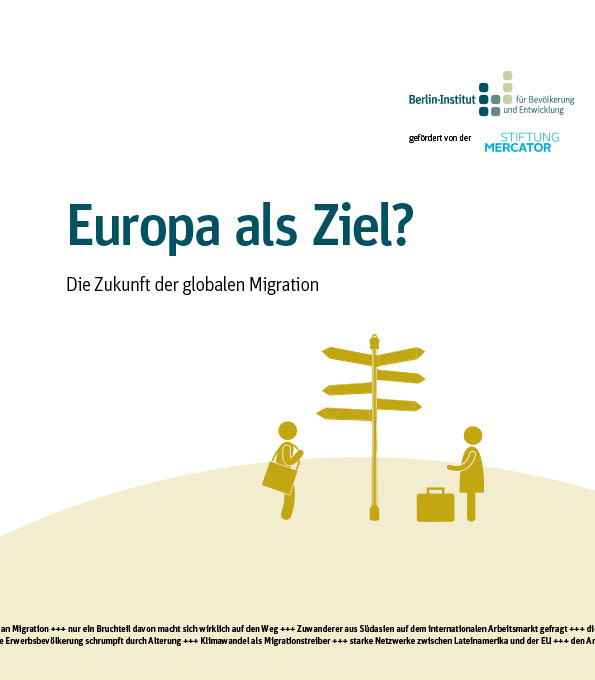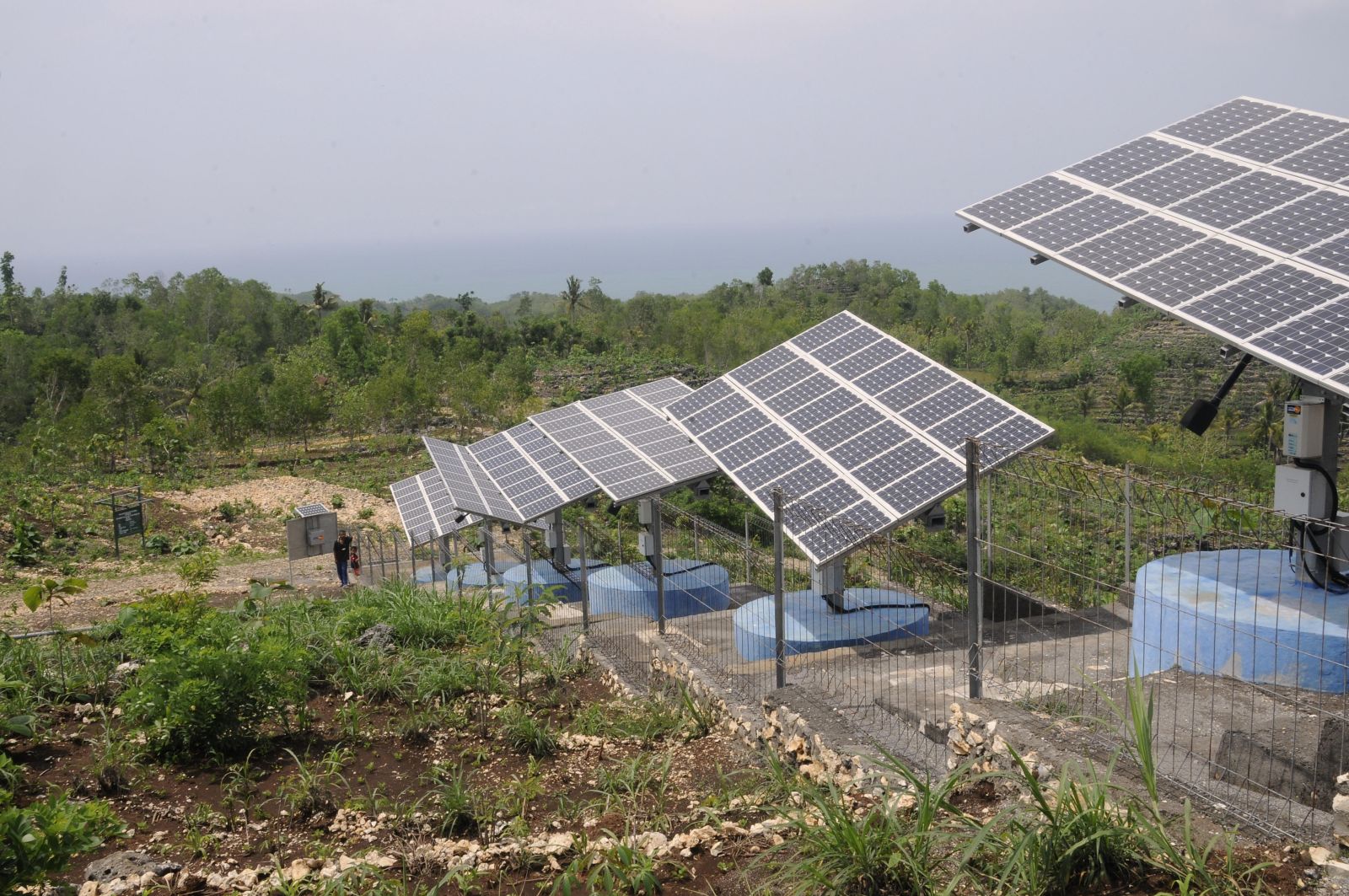Development strategies
New paradigm needed

The Heavily Indebted Poor Countries (HIPC) initiative was launched at the G8 summit in Cologne in 1999, based on concepts that the World Bank and the International Monetary Fund (IMF) had begun to draft as early as 1996. The idea was to liberate the countries concerned of a part of their excruciating debt burdens.
The savings from debt relief were to be allocated to areas such as health, education and infrastructure. To be considered for debt relief, countries had to meet several criteria, including:
- unsustainable debt levels,
- eligibility for loans from the International Development Agency (IDA), the World Bank branch that funds low-income countries,
- a good track record of implementing reforms proposed by the international financial institutions (IFIs), and
- a poverty reduction strategy paper (PRSP).
Implementation of the PRSP was a condition for continued support. The HIPC initiative was later followed up by the Multilateral Debt Relief Initiative (MDRI) from 2005 on. Along similar lines, it allowed 100 % of the money owed to the IMF, the World Bank and the African Development Fund to be cancelled.
According to an IMF report of October 2017 (IMF, 2018), $ 76 billion worth of debt were cancelled in the past twenty years. The economic scenario has improved considerably in the countries concerned, and high commodity prices supported that trend.
In terms of medium-term financial criteria, debt relief was successful. Other things must be considered too, however. On the downside, the root causes of African countries’ structural indebtedness was not dealt with. They are:
- the specialisation on commodity exports,
- inadequate development in agriculture and manufacturing,
- the dependence on technology and capital from more advanced countries (including China today) and
- significant transfers to these countries (repatriated profits, interest on loans and expat incomes).
The PRSPs made sense in principle, but they did not tackle these challenges. The truth is that the international division of labour, according to which Africa supplies raw materials, buys processed goods and depends on more developed world regions, has been perpetuated. Ultimately, debt relief only ensured that it stayed viable.
The C2D policy is evidence. C2D stands for “Contrats de désendettement et de développement” (Deleveraging and Development Contracts). France concludes C2D agreements with countries that benefit from debt relief. Each country concerned must repay the money it owes France to the French government who spends it in the same country on “poverty alleviation” projects that are run by French companies. So far, around 20 C2Ds have been signed.
Debt relief was neither unconditional nor disinterested. In return for debt relief, countries had to stick to market-orthodox policies, including deregulation, liberalisation and privatisation.
The indebtedness of African countries results from their underdevelopment and asymmetrical international relations. To escape the debt trap, we would need an international system in which poor countries have room for manoeuvre to develop their agriculture and industry in an environmentally sustainable way. Instead of fierce competition, we would need a new globalisation paradigm that emphasises solidarity.
In contrast, debt levels are rising again in many African countries. From 2008 to 2016, the ratio of public debt to GDP doubled to about 45 % in sub-Saharan Africa. The pendulum scenario of the 1980s seems to be repeating itself moreover. Excess liquidity induced by the economic sluggishness of the developed countries has been used to lend to poor countries. Lower commodity prices, an appreciating dollar and rising interest rates can fast make debt levels unsustainable once more. (nss)
LINK
IMF, 2018: Debt relief under the Heavily Indebted Poor Countries (HIPC) initiative.
http://www.imf.org/en/About/Factsheets/Sheets/2016/08/01/16/11/Debt-Relief-Under-the-Heavily-Indebted-Poor-Countries-Initiative












